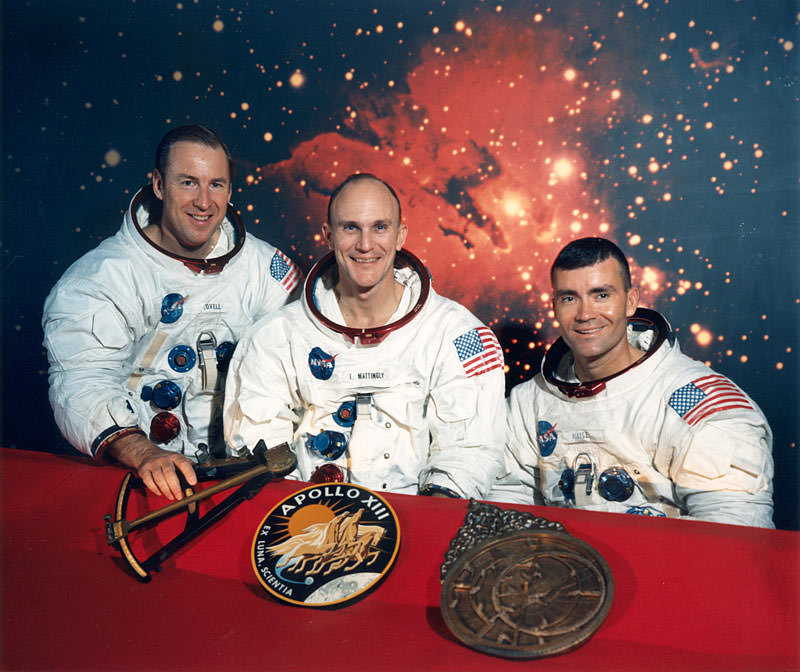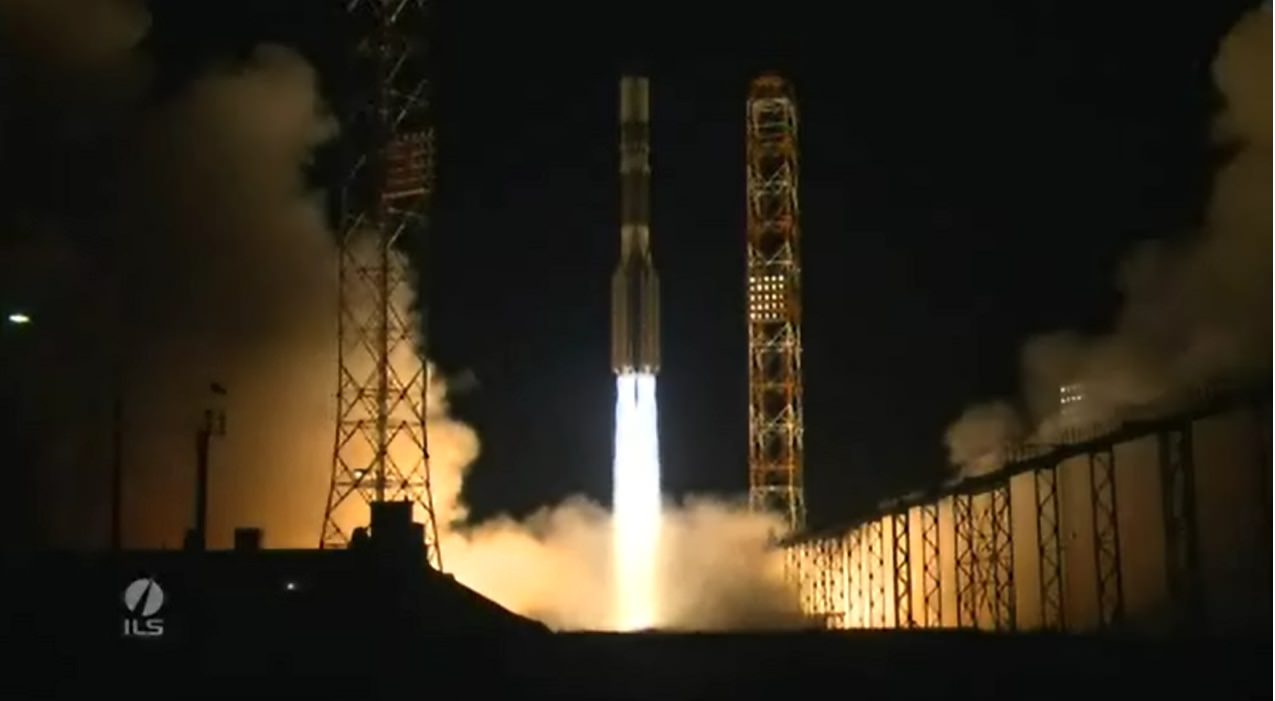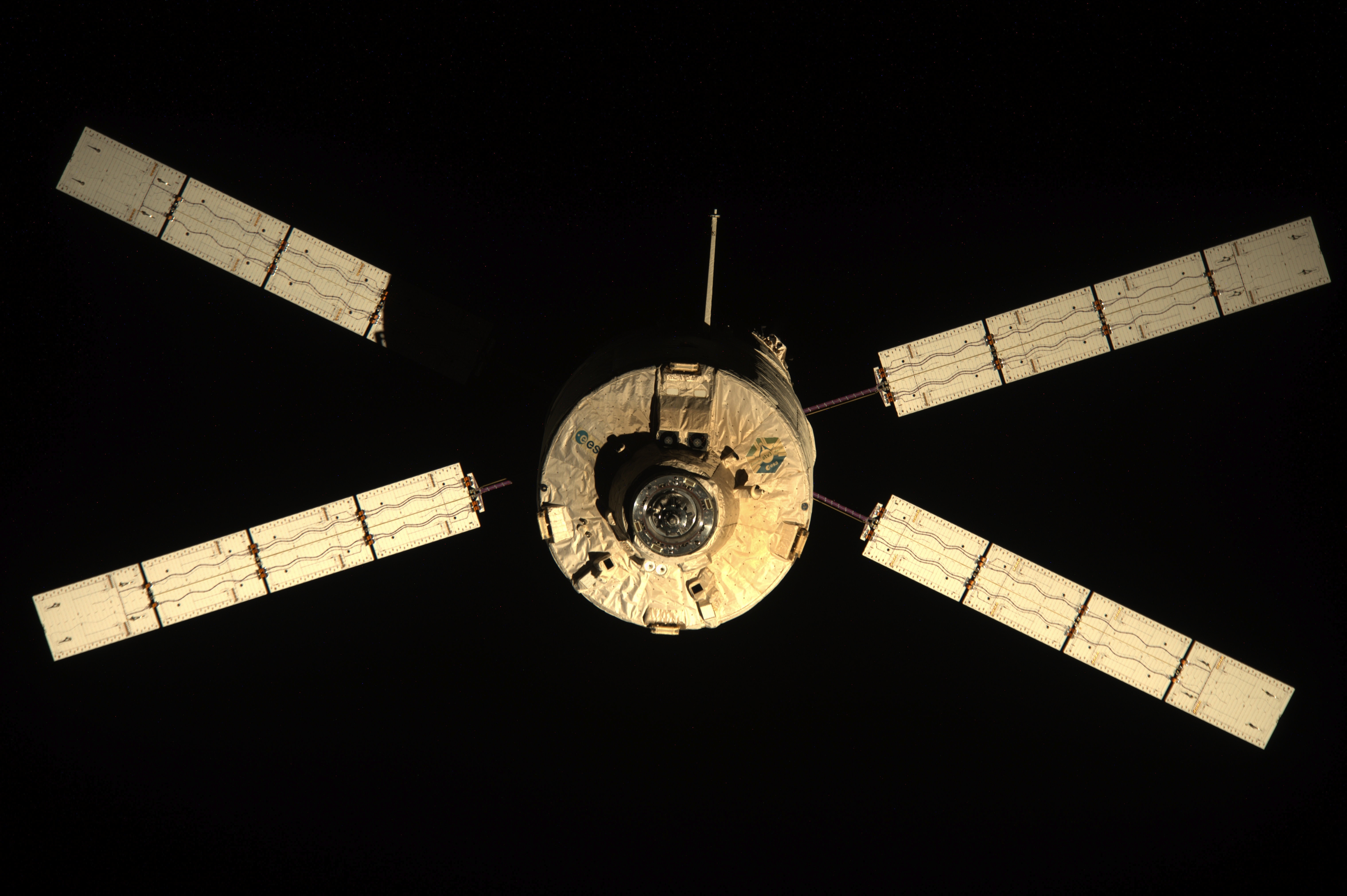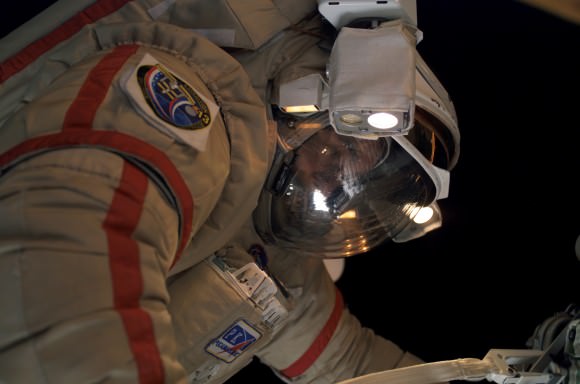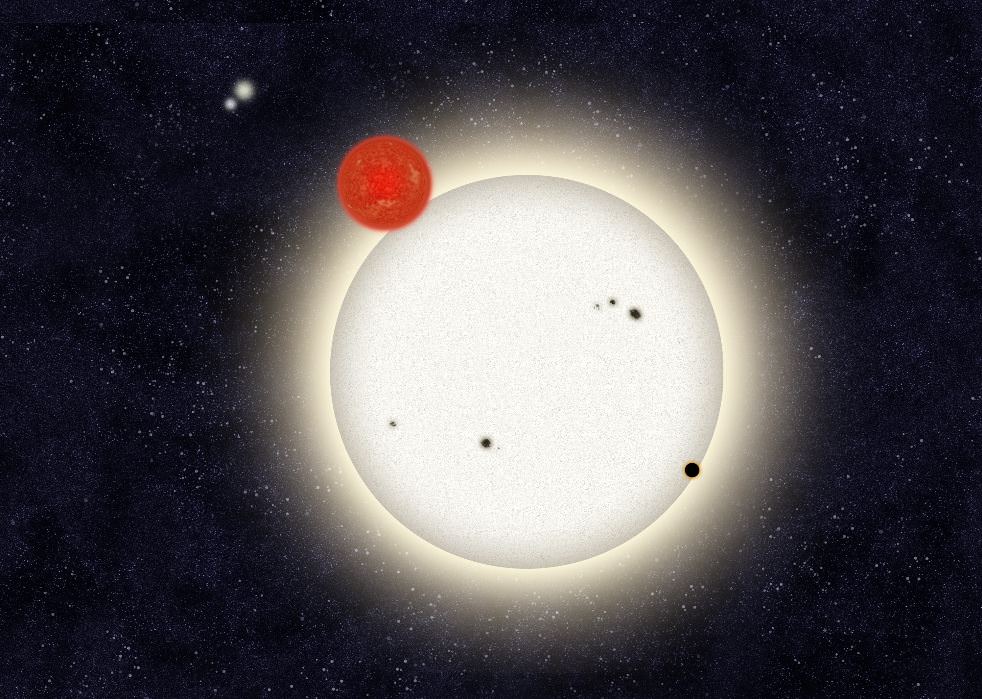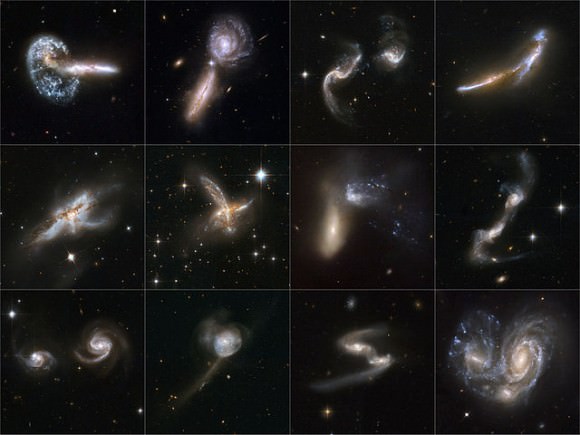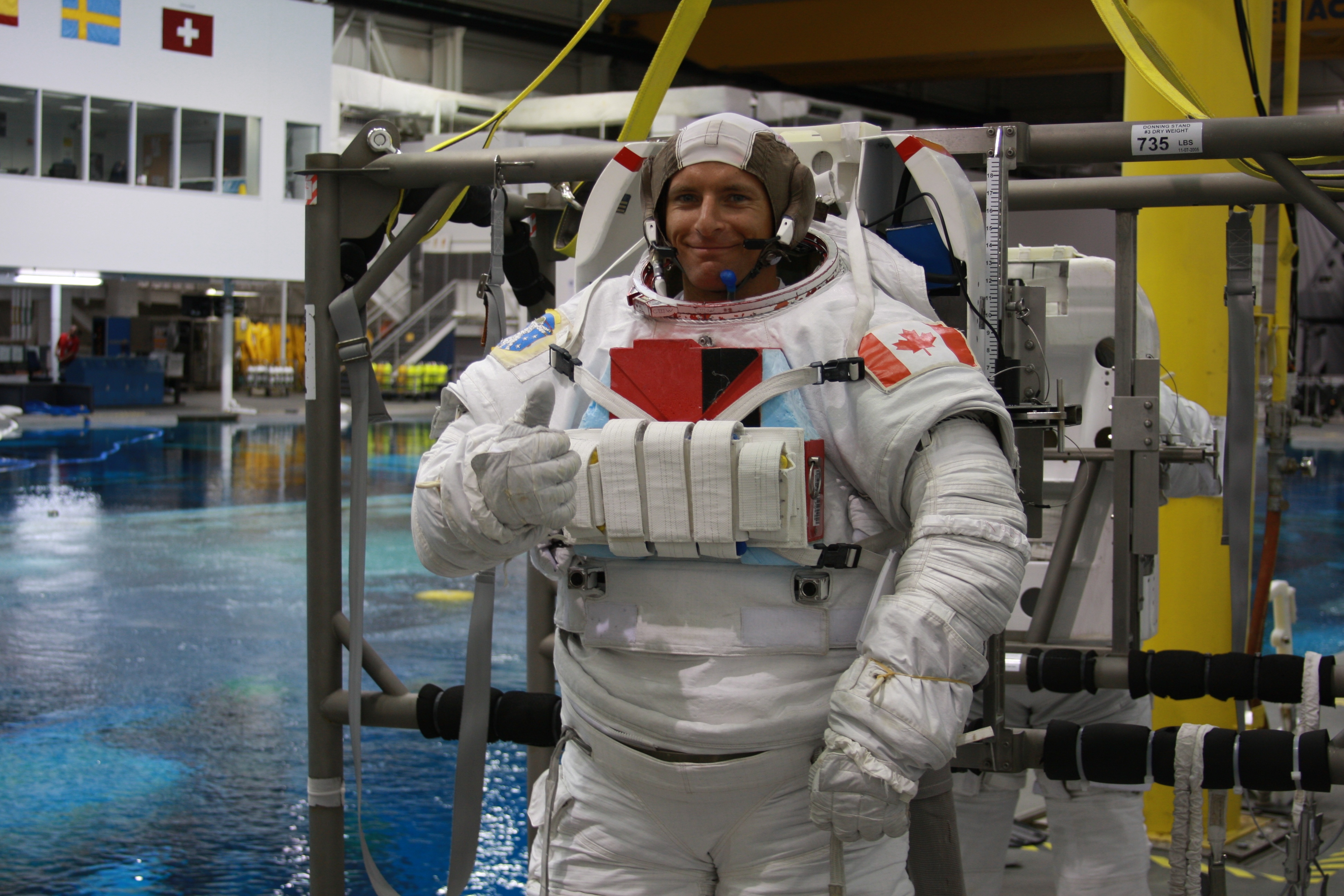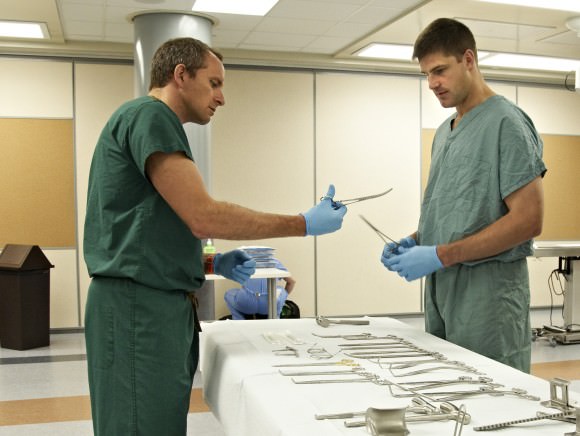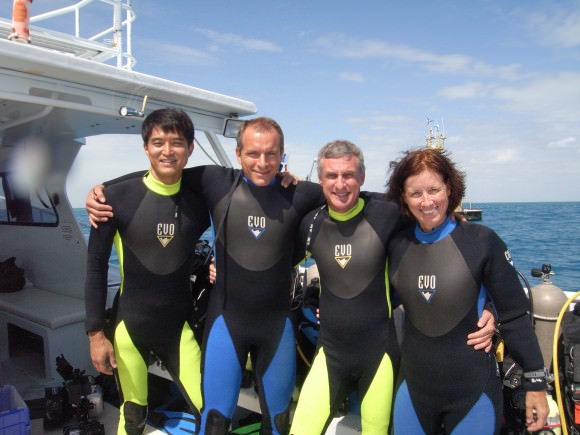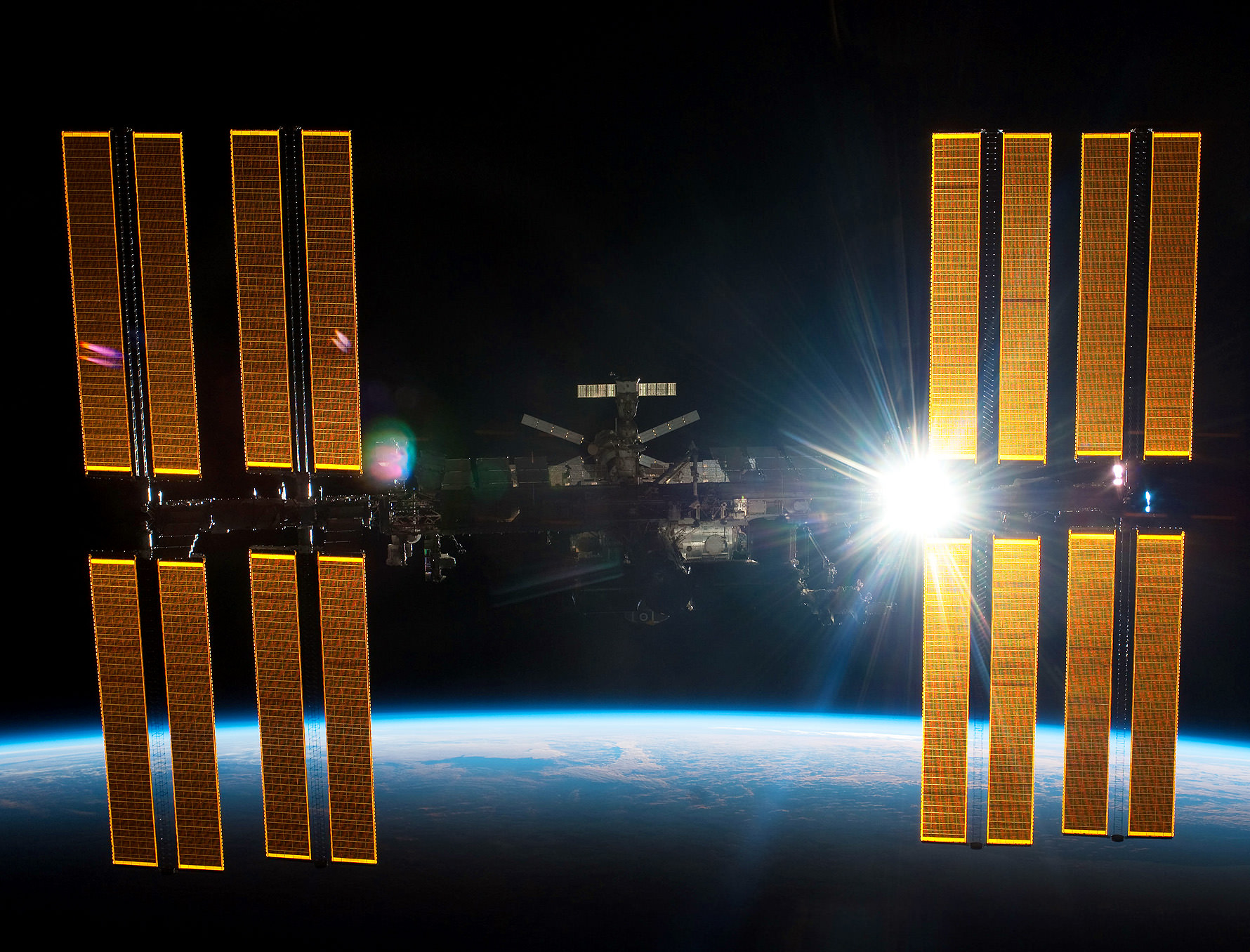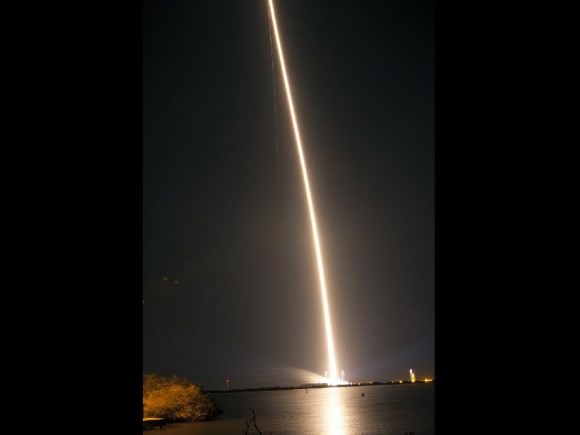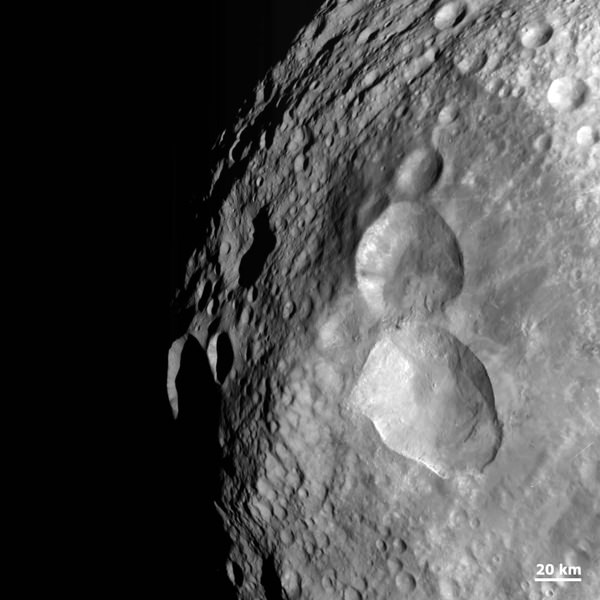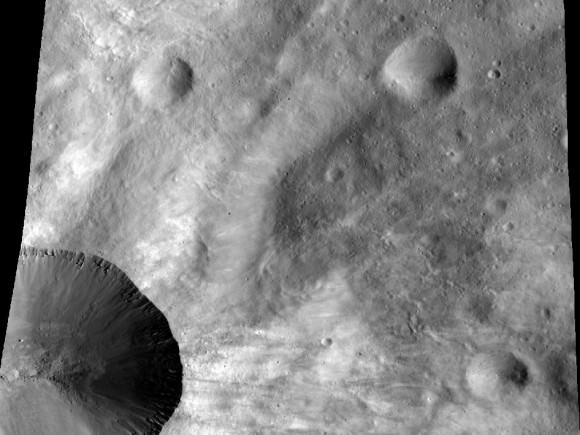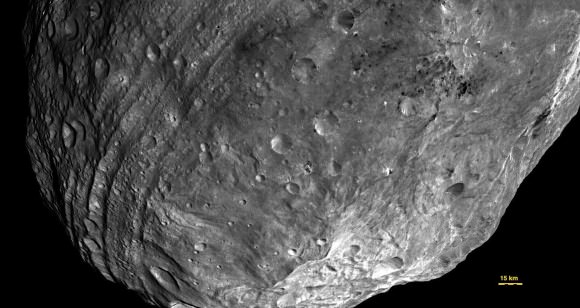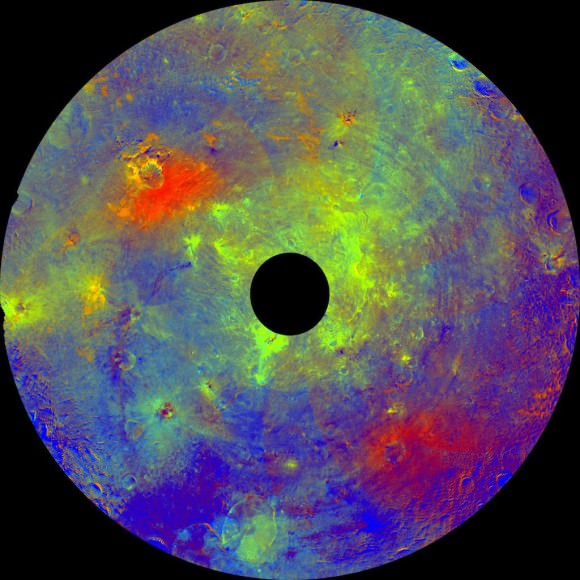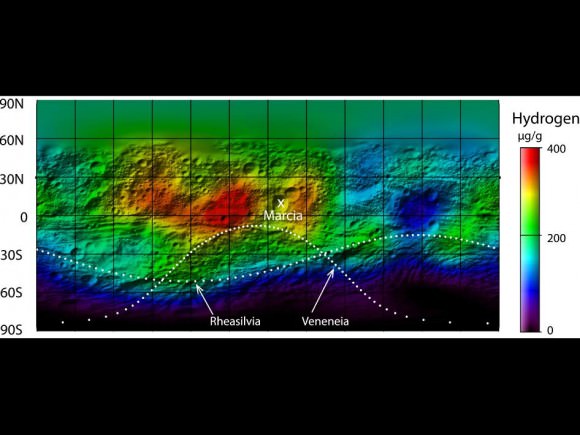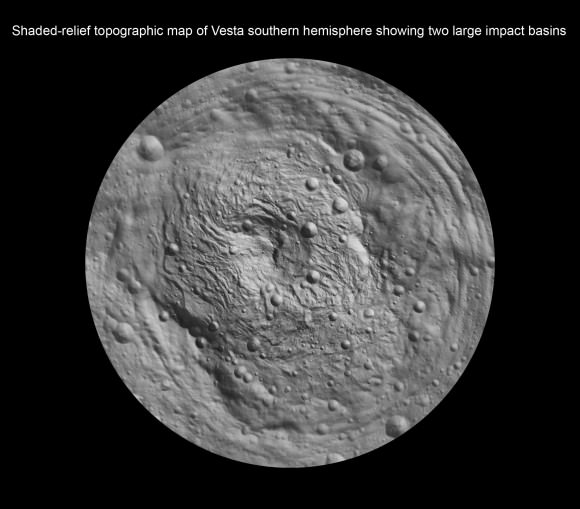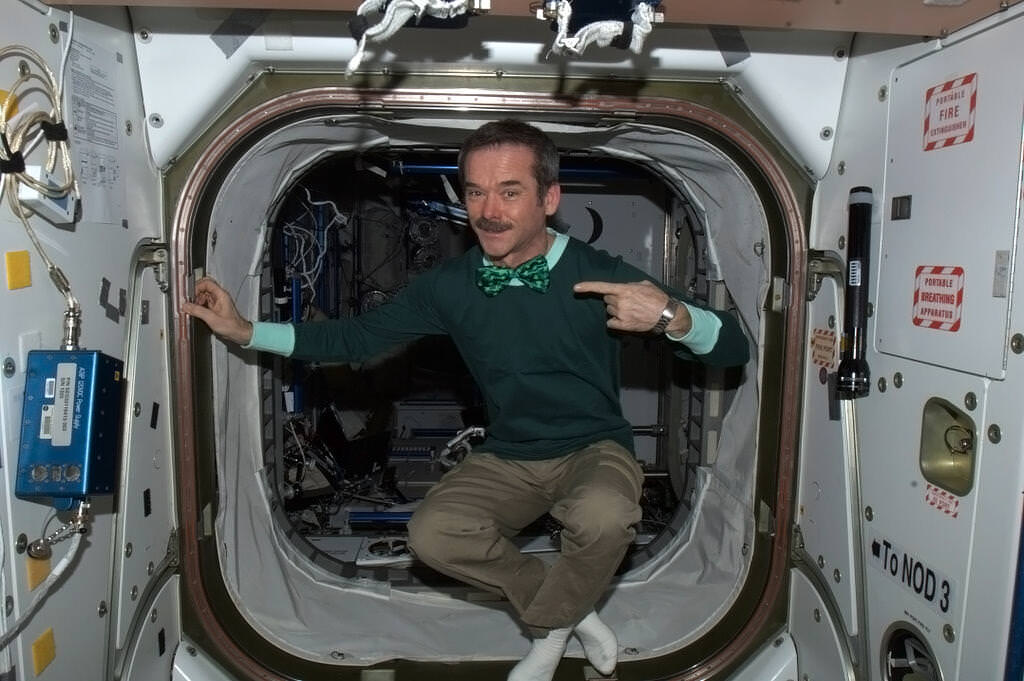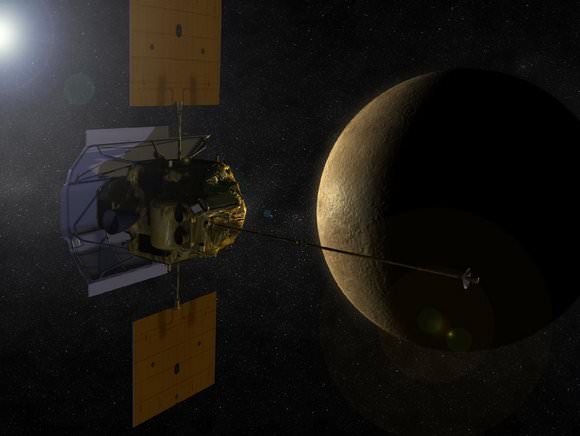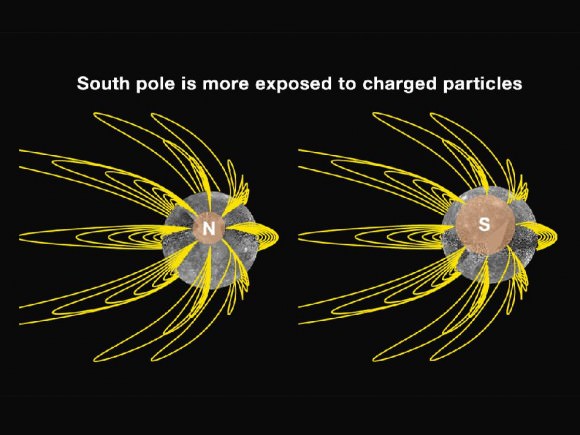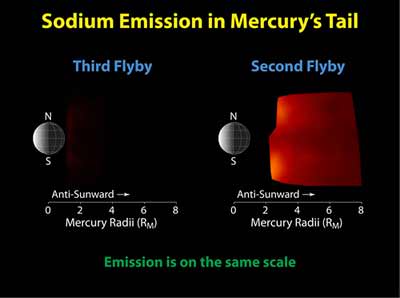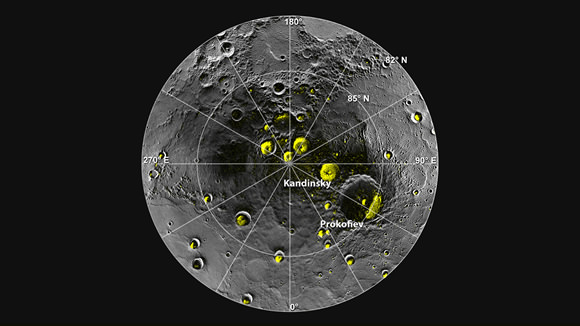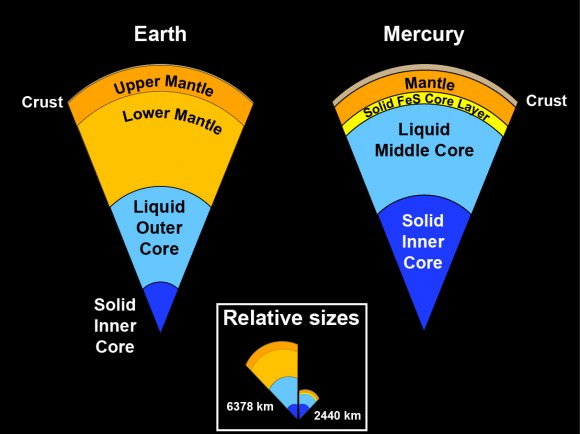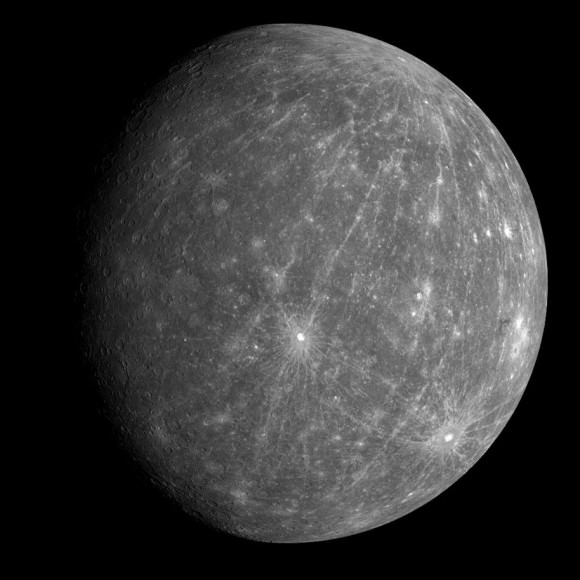Many astronauts seem to like the Apollo 13 movie, but being technically minded folk they also enjoy pointing out what actually happened during that so-called “successful failure” that landed safely on this day in 1970.
Thomas “Ken” Mattingly was supposed to be on that crew, but was yanked at the last minute because he was exposed to the German measles. The movie shows him wallowing on the couch with a can of beer before hearing of an oxygen tank explosion on board. He then spends most of the movie stuck in a simulator, helping to save the three men on board the spacecraft.
Real life wasn’t quite the same as the movie portrayed, the real Mattingly said in a 2001 interview with NASA.
For one thing, Mattingly had no assigned role in the rescue as he was a backup crew member. He ended up working in a lot of teams rather than a single project or two. There also were some technical differences between the movie and real life. Some examples:
The “lifeboat” procedures: In the movie, mission controllers huddle in a side room and try to figure out how to stretch the resources of the lunar module — designed to carry only two men for a couple of days — into a four-day lifeboat to support three men. While this is somewhat true, NASA already had a preliminary lifeboat procedure simulated, Mattingly pointed out. The movie made it appear as though, he said, “we invented a lot of stuff”.
Somewhere in an earlier sim [simulation], there had been an occasion to do what they call LM lifeboat, which meant you had to get the crew out of the command module and into the lunar module, and they stayed there. I vaguely remember—when you have a really exciting sim, why, generally everybody knows about it. I vaguely remember that they had come up with a thing that contaminated the atmosphere in the command module, and they had to vent it, and they put the crew into the—there’s some reason that instead of staying in their suits in the command module, they put them in the lunar module while they did this.
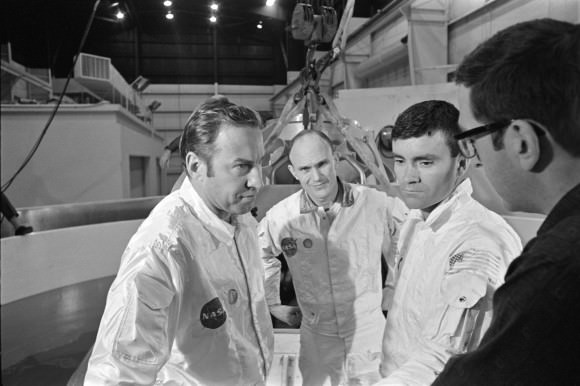
The carbon dioxide filter: In the movie, as the crew faces a deadly buildup of carbon dioxide, a team in mission control builds a new system on the spot that adapts an originally incompatible filter. “Well, the real world is better than that,” Mattingly explained, saying there was a simulation for the Apollo 8 mission where a cabin fan was jammed due to a loose screw.
The solution that they came up with was that they could make a way to use the vacuum cleaner in the command module with some plastic bags cut up and taped to the lithium hydroxide cartridges and blow through it with a vacuum cleaner. So, having discovered it, they said, “Okay, it’s time for beer.” Well, on 13, someone says, “You remember what we did on that sim? Who did that?” So in nothing short, Joe [Joseph P.] Kerwin showed up, and we talked about “How did you build that bag and what did you do?” … Of course it worked like a gem.
Simulating the startup: In the movie, Mattingly spends hours in a simulator putting together the procedures for starting up the cold, dead command module in time to bring the astronauts safely back to Earth. While that is a good way of conveying the mission’s aim to the public, the simulation runs (done by other astronauts, Mattingly said) were more of a verification of already written procedures.
We said, “Let’s get somebody cold to go run the procedures.” So I think it was [Thomas P.] Stafford, [Joe H.] Engle — I don’t know who was the third person, might have been [Stuart A.] Roosa. But anyhow, they went to the simulator there at JSC [Johnson Space Center], and we handed them these big written procedures and said, “Here. We’re going to call these out to you, and we want you to go through, just like Jack will. We’ll read it up to you. See if there are nomenclatures that we have made confusing or whatever. Just wring it out. See if there’s anything in the process that doesn’t work.”
For more on what Mattingly thinks of the Apollo 13 movie, check out the entire transcript of his interview on NASA’s website. We’re sure there are other technical details the movie simplified or got wrong, so feel free to share your thoughts in the comments.

